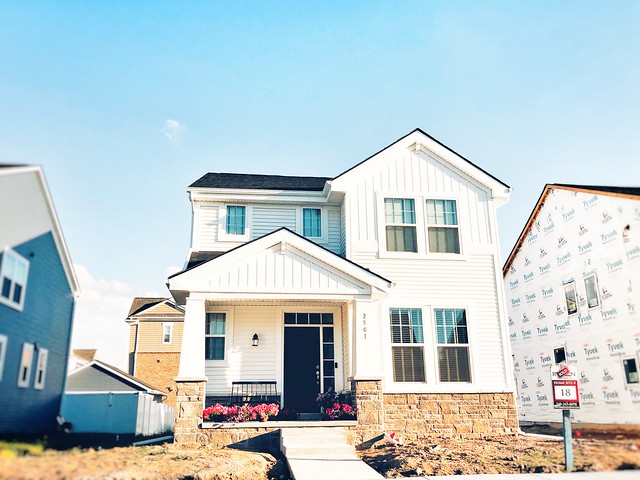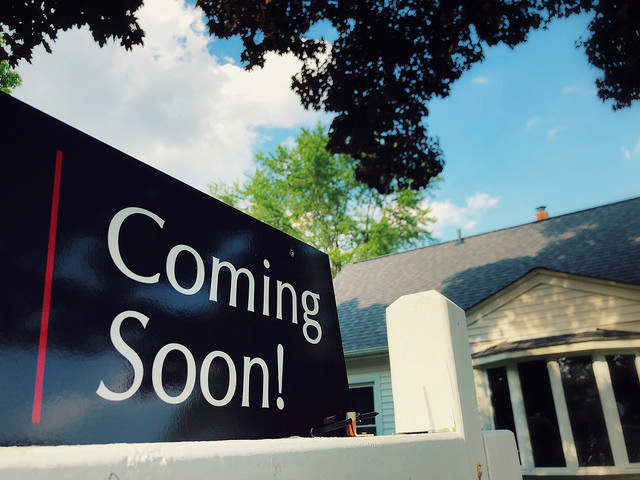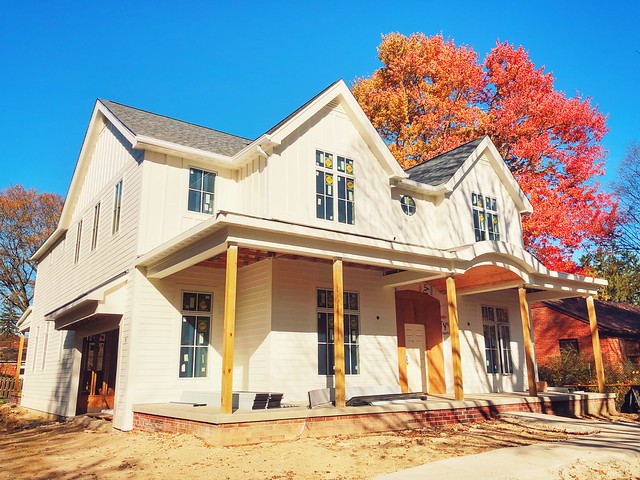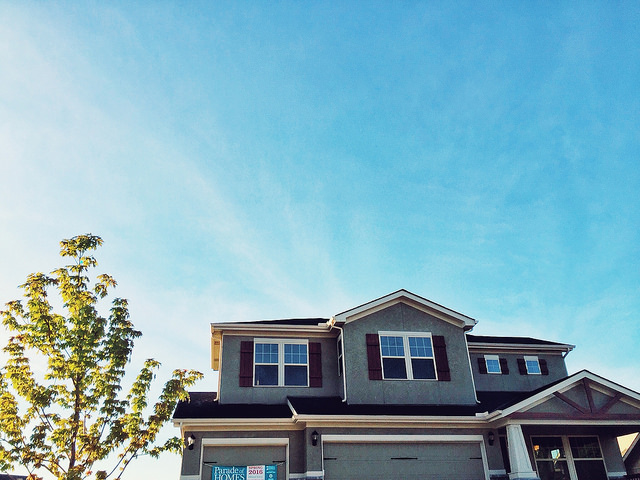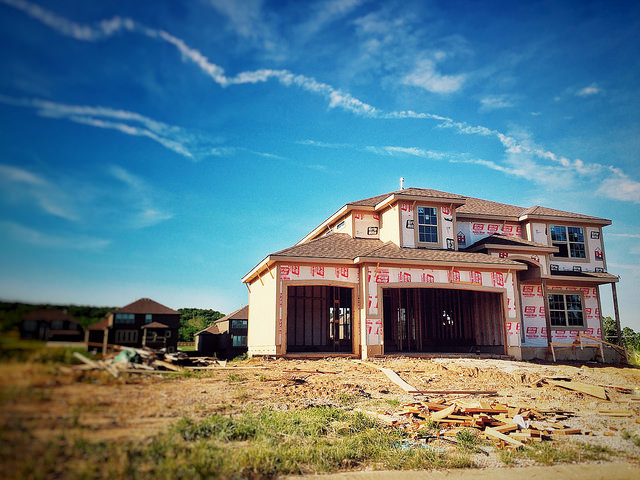In a seller’s market – when there are more home buyers than there are homes for sale – competition is common. A good listing will attract multiple offers and, more often than not, the house will be sold to the highest bidder. This year’s market has been particularly competitive, as the number of homes for sale has been lower than normal while buyer demand has remained elevated. Fortunately, though, the housing market has cooled somewhat after a hot spring and summer. But while it has slowed down a bit, newly released numbers show that bidding wars are still a factor for buyers. In fact, 60.3 percent of home offers in October faced competition. That’s about the same as it was in September – though significantly lower than in April when they peaked at 74.5 percent. In other words, while the number of bidding wars has fallen, the majority of homes for sale are still getting more than one offer. That means, fall and winter buyers should expect there to be multiple interested buyers competing for available listings, especially if the home is move-in ready and selling at an affordable price. (source)




